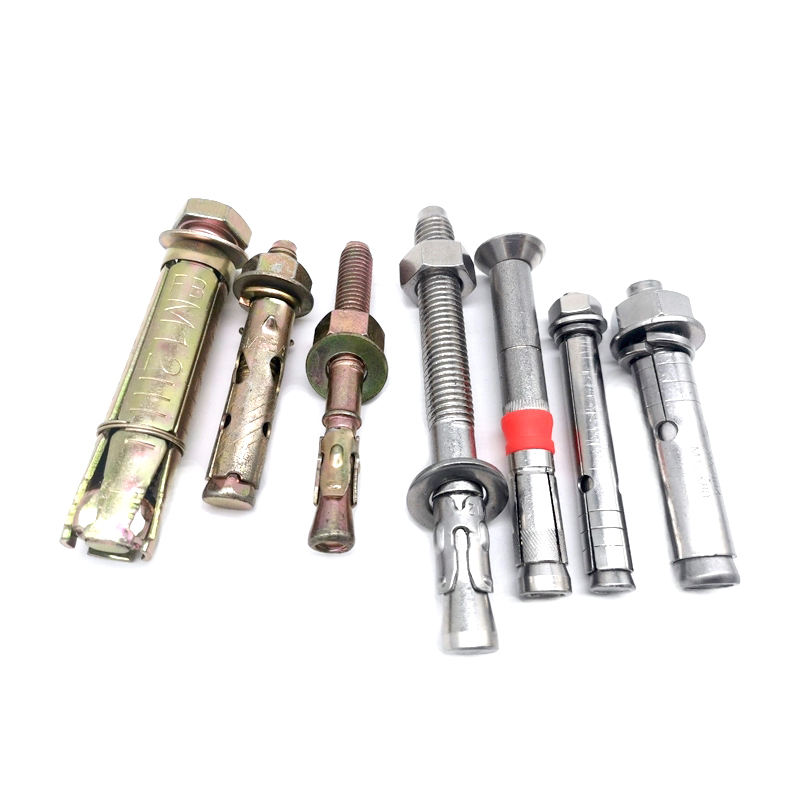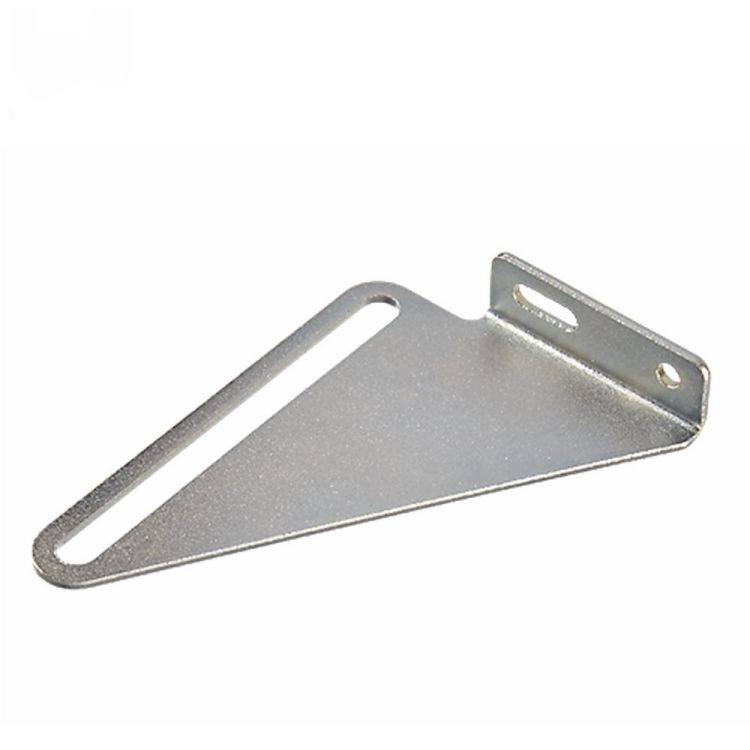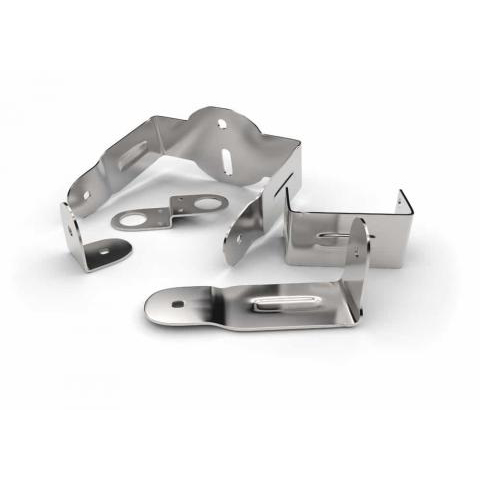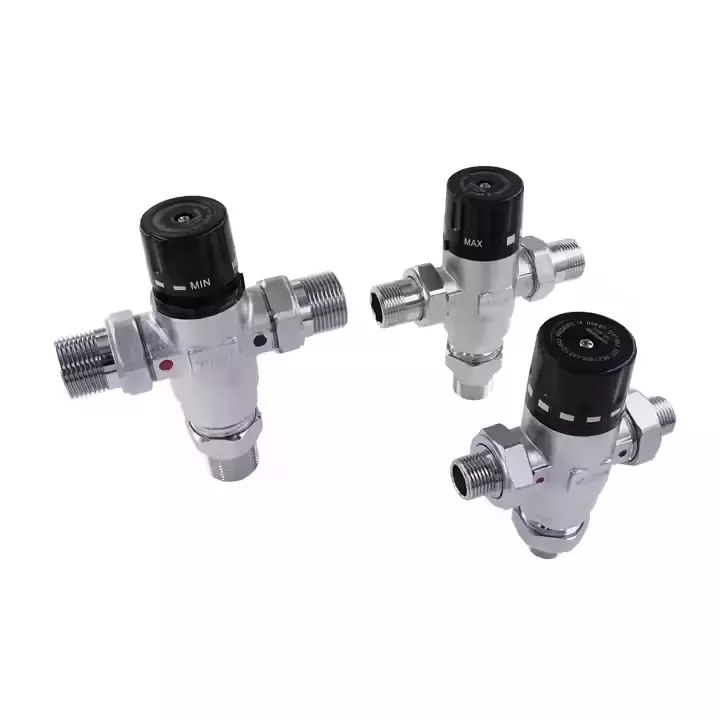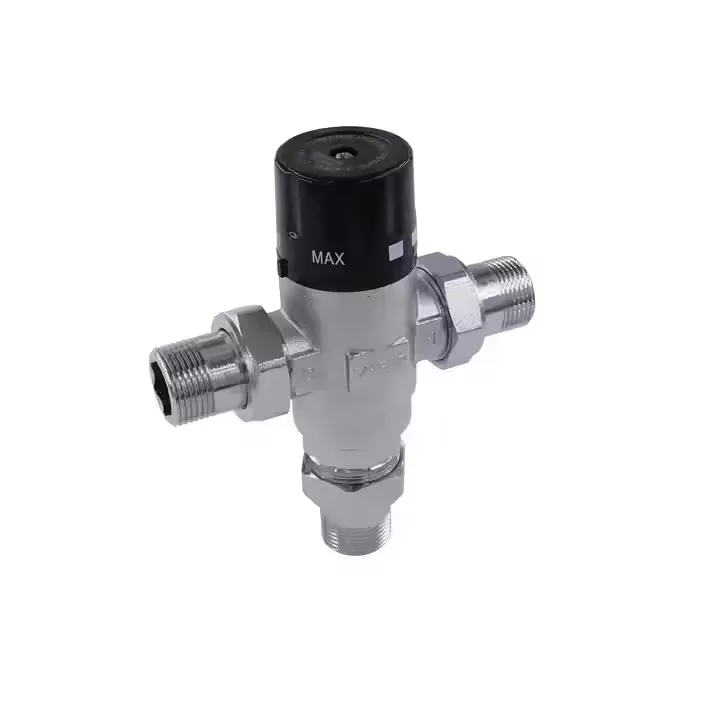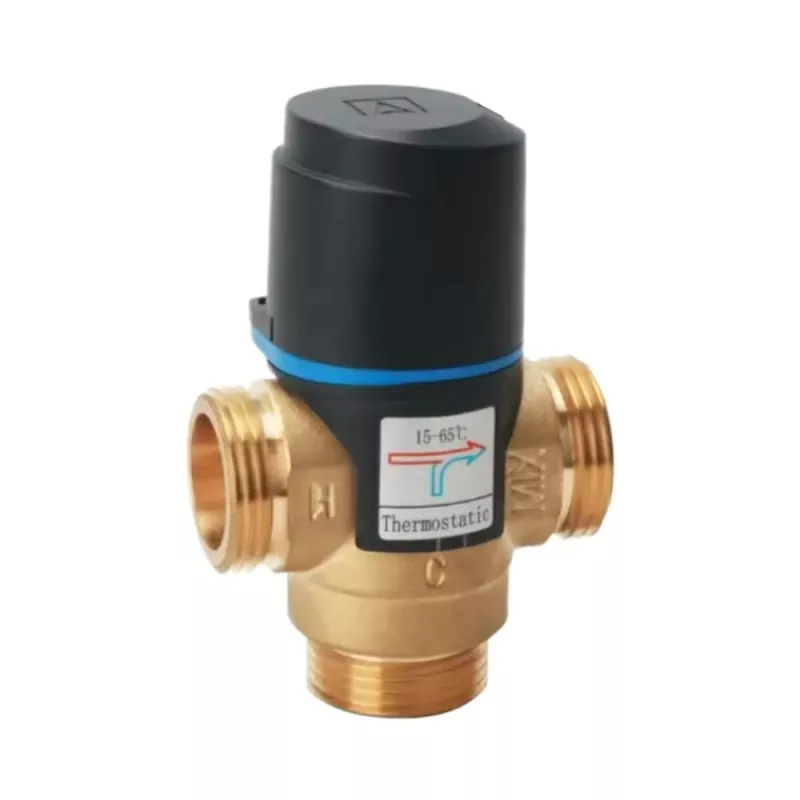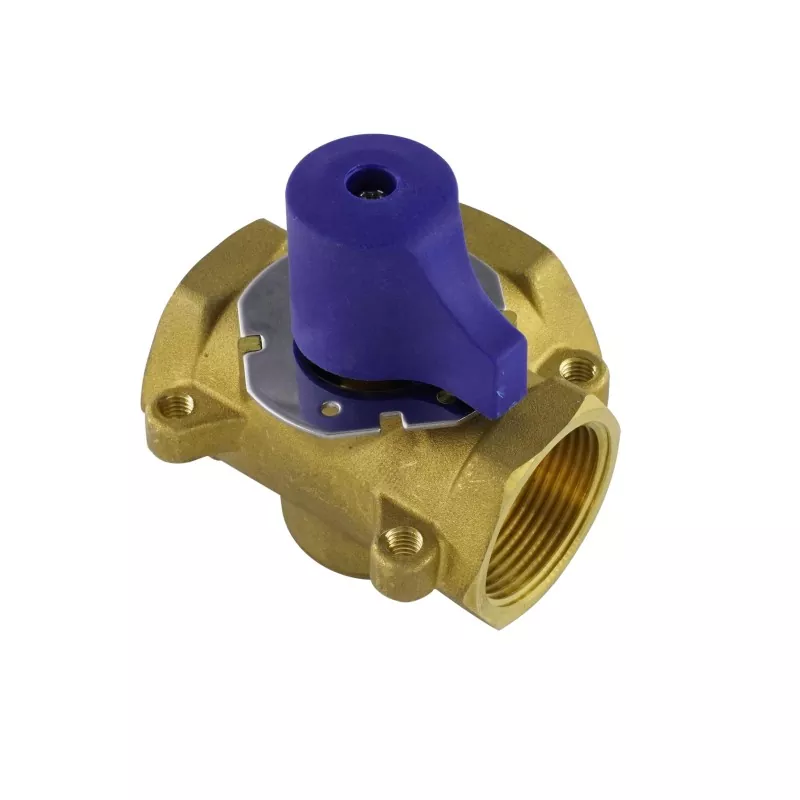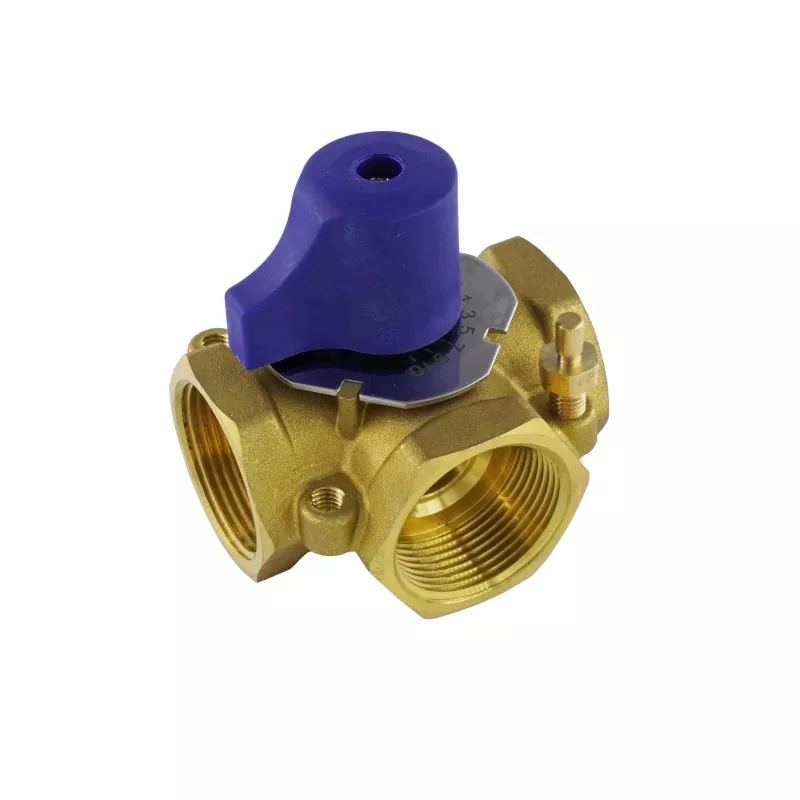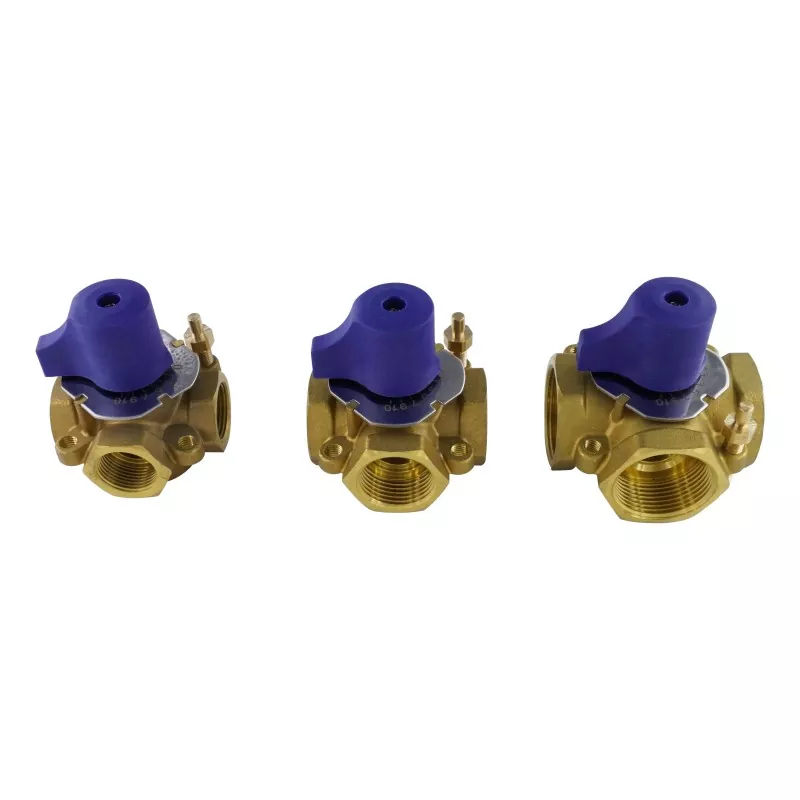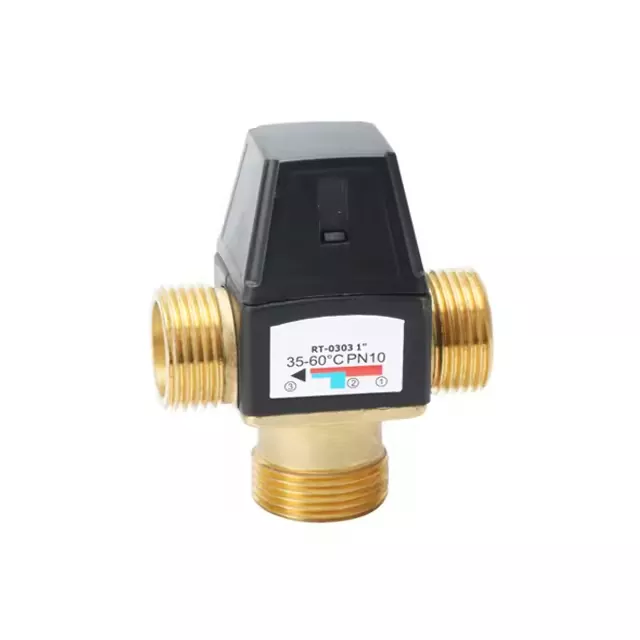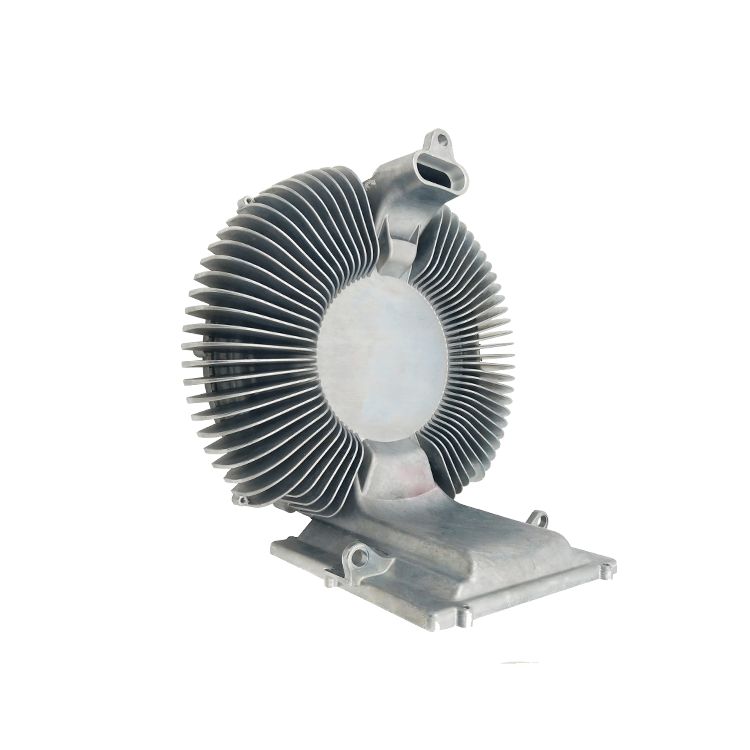
- English
- Español
- Português
- русский
- Français
- 日本語
- Deutsch
- tiếng Việt
- Italiano
- Nederlands
- ภาษาไทย
- Polski
- 한국어
- Svenska
- magyar
- Malay
- বাংলা ভাষার
- Dansk
- Suomi
- हिन्दी
- Pilipino
- Türkçe
- Gaeilge
- العربية
- Indonesia
- Norsk
- تمل
- český
- ελληνικά
- український
- Javanese
- فارسی
- தமிழ்
- తెలుగు
- नेपाली
- Burmese
- български
- ລາວ
- Latine
- Қазақша
- Euskal
- Azərbaycan
- Slovenský jazyk
- Македонски
- Lietuvos
- Eesti Keel
- Română
- Slovenski
- मराठी
- Srpski језик
Mixing Valve
Xiamen Hongyu Intelligent Technology Co., Ltd. is a professional manufacturer of mixing valves, filters, pipes, valves, connectors and other related accessories. HY focuses on developing new products. We can also provide OEM services according to customer drawings.
Material: brass, aluminum alloy, zinc alloy, magnesium alloy
Customized service: support
Diameter: 1/2, 3/4, 1 inch
Send Inquiry
Xiamen Hongyu Intelligent Technology Co., Ltd. is a professional manufacturer of mixing valves. We manufacture our products from high-quality brass and utilize a chrome-plated finish to ensure corrosion resistance and durability while maintaining an elegant and modern appearance. This extends service life while ensuring stable performance and enhancing product value. HY also supports OEM customization options, allowing us to tailor our products to specific customer needs or preferences. For businesses or individuals seeking specialized requirements, we have a dedicated engineering design team to meet your needs.
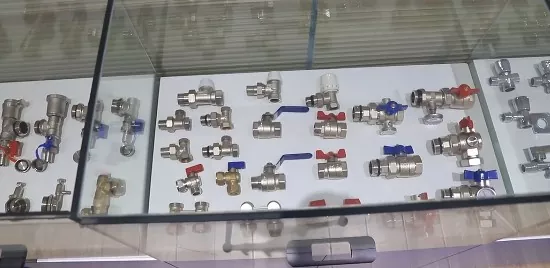
Fluctuating Water Temperatures
I believe everyone has noticed in their daily lives that it's often difficult to control the temperature of hot water for bathing. It can be either too cold or too hot, and even without a control switch, the temperature can fluctuate. Many factors influence water temperature fluctuations, and today we'll briefly discuss the impact of valves.
Currently, blending valves on the market can be roughly divided into two types based on their functional design: manual mechanical and self-operated thermostatic. Manual mechanical valves remain the most common type, commonly used in electric water heaters in bathrooms and in kitchens in high-end residential buildings equipped with hot water supply pipes. Their primary function is to mix the ratio of cold and hot water and manually adjust the temperature of hot water according to the user's needs.
We'd like to focus on thermostatic mixing valves, which are primarily classified into two categories: automatic and electronic. Automatic valves incorporate a self-acting thermal element that automatically adjusts the fluid temperature within the pipe based on the fluid's temperature. They operate by leveraging the principle of thermal expansion and contraction, causing the element to expand or contract according to temperature fluctuations, thereby regulating the flow rate and maintaining a consistent temperature output. The greatest advantage of thermal mixing valves is their ability to operate autonomously without commissioning or power supply, reducing the risk of malfunctions and unexpected events. However, they are less sensitive than electronically controlled valves and are primarily used in applications requiring less precise control, such as heating, domestic hot water, or cooling systems for engines, compressors, lubricating oils, and radiators.
Electric TMV valves, on the other hand, utilize an electronic actuator or motor to adjust the position of the valve's internal components. This electric adjustment allows for precise control of the ratio of hot and cold fluids to adjust the outlet temperature. They typically require electronic control via a specialized controller and are often used in industrial and commercial environments with stringent precision requirements, such as automated integrated systems, such as large-scale HVAC systems. As a liquid circulation conduit, temperature mixing valves have very high requirements for corrosion resistance and sealing, especially in the bathroom industry, where aesthetics are also a must. The die-casting process effectively avoids leaks that could result from splicing components, meeting sealing requirements. The die-casting process also typically produces a very smooth surface, laying a solid foundation for subsequent electroplating or spraying processes on the thermostatic blending valve, ensuring corrosion resistance and aesthetics. Therefore, die-casting is primarily used for complex structural components with high sealing requirements, such as the valve body, internal flow path, housing, mixing chamber, and handle base.
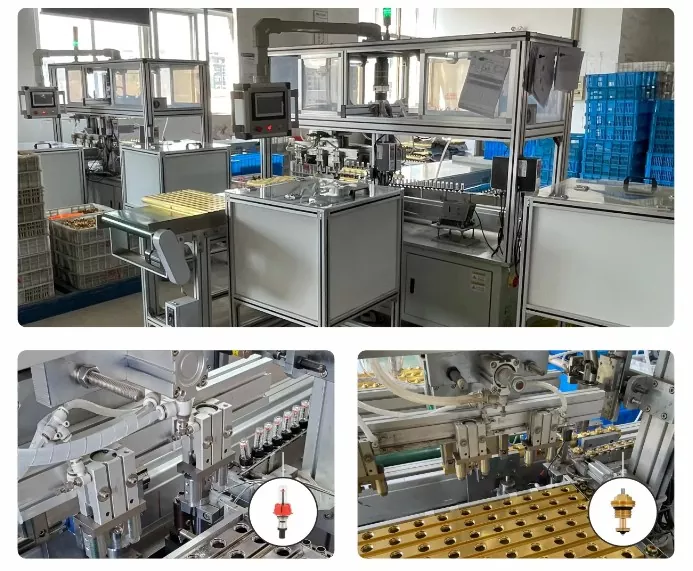
FAQ
What does a mixing valve do?
Its core function, as its name suggests, is to "mix." It combines at least two or more liquids in the desired proportions to create a mixed fluid. This includes temperature mixing, concentration mixing, and mixing different types of liquids, thus meeting the needs of various industries and applications.
Do I really need a mixing valve?
This question is simple to answer. Valves are ubiquitous in modern society. In everyday household settings, bathroom hot water temperature requires precise adjustment using a valve. In the chemical industry, perhaps liquids of varying proportions and concentrations need to be mixed using a valve. Simply understanding our needs will naturally determine whether a particular product is necessary.
What is the difference between a mixing valve and a tempering valve?
Simply put, the latter is a subcategory of the former. The latter only regulates temperature, while the former mixes fluids based on user needs.
How do I tell if my mixing valve is broken?
A broken valve often has obvious signs, including leaks, abnormal water temperatures, difficult-to-use handles or knobs, and unusual sounds when the valve is operating. If you lack the necessary skills, please contact a professional. Improper disassembly and assembly can make the problem more difficult.

